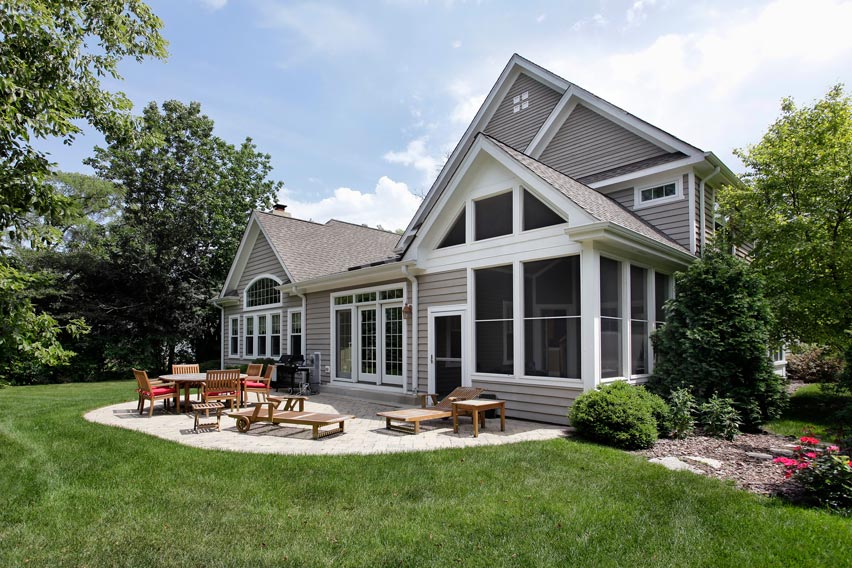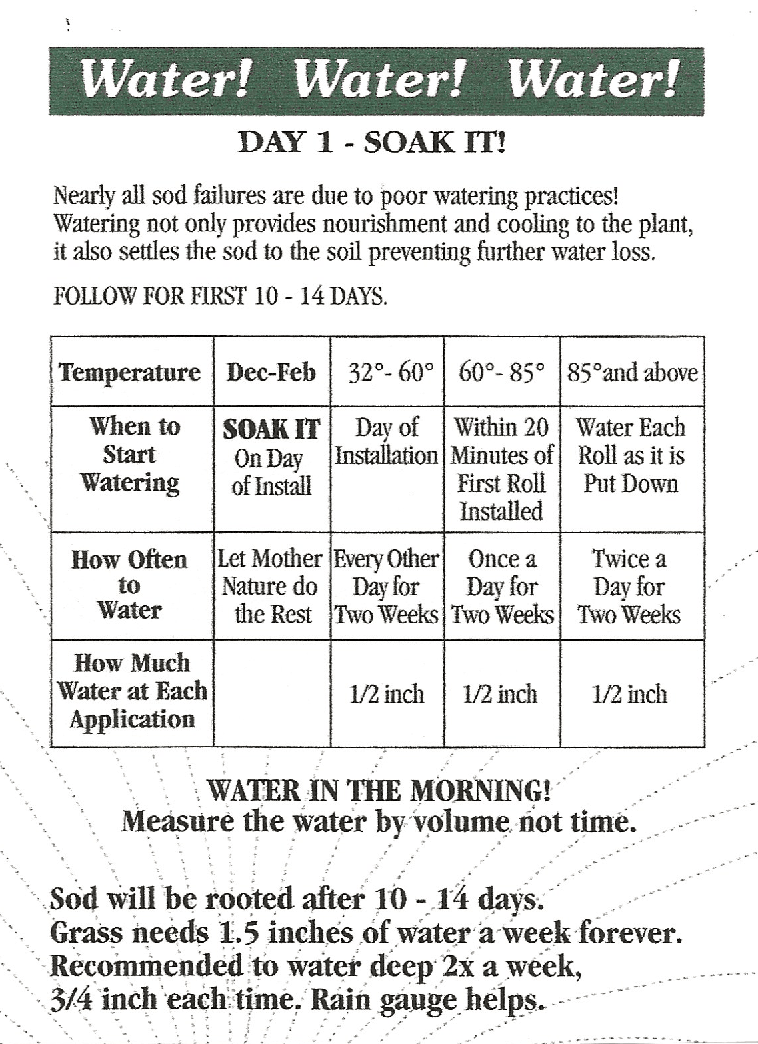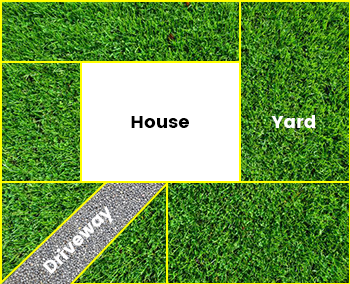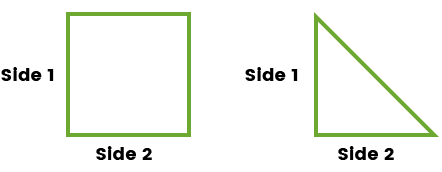Have questions about Sod?
Ask Louis here.

When installing Fescue or Zoysia sod you are transplanting a plant. The sod is fresh and healthy when it leaves the farm. It is important to install as soon as possible. Sod is perishable, and depending on temperatures it has very little “shelf” life. Good Soil to Soil contact is needed for success. Any way you can enhance the soil the better success you will have. You may want to do a soil test prior to installing sod. This is the link to get a soil test https://www.soiltest.vt.edu/fees-and-forms.html Preparing your area be sure to clear all debris. Good loose soil – so the roots can dig down. Rough the grade to eliminate drainage, loosen the soil to a depth of 4 inches; remove sticks, stones, clods, weeds, and old grass. You must apply Lime and Starter Fertilizer (only Fertilizer with Phosphorus -good for new plants) prior to putting the sod down. Check with your area garden center on types and read the label for amounts needed. Soil preparation needs to be complete before you install your sod. As mentioned, Sod is a perishable product, which needs to be installed as soon as possible after harvesting. Heat builds up in the rolls and gasses are released and the sod starts to break down.
Turf Type Tall Fescue is a cool-season grass, ideally the best time to install Fescue is September, although available all year. Planting in September gives the sod an 8–9-month root base. Hot summer months are NOT the time to install Fescue. Freshly installed sod needs to be babied the first two weeks, depending on the current temperatures it has to be watered every other day or every day. It is important to water a minimum of ½ inch of water each time. Irrigation is a great tool, but running it 2-3 times, a week for 15 minutes may or may not be enough water. Shallow watering will make the roots curl up. It is recommended that you water less often but deep.

Measure VOLUME of water put on your lawn with a rain gauge, tuna can or measuring cup, any container to catch and measure the water. Pay attention to irrigation zones, make sure all areas are getting water.
Zoysia is a warm-season grass. Each year the start of the season varies based on the weather. Once we start to harvest, Zoysia is available until October 1st. Brookmeade offers Zoysia by the square yard or bag of Plugs. The process is the same for planting Zoysia as it is with Fescue. Yes, Zoysia is drought tolerant -but it still likes water and needs it when first planted. The goal is for it to root. After 2 weeks it should be attached to the ground, then water 2x a week to yield 1 inch of water a week throughout the season.
Zoysia Plugs – Planting plugs requires patience. Depending on the competition, Plugs can take 3-4 years to grow together. Brookmeade recommends planting the plugs 12 inches on center, staggering the holes. Starter Fertilizer and Lime mixed into the soil but not directly into the hole! Too much concentration in the small hole could burn up the plug. Because of their size, Plugs have a tendency to dry out, they need to be kept moist the entire first season. Mother nature may help you reach your weekly watering goals of at least 1 inch a week.
Zoysia sod will need the watering during the first 2 weeks and then you can just about leave it alone. If it appears to be dry – you can water it. After established, you can put high Nitrogen Fertilizer on the Zoysia 1x a month in June, July, and August. Feeding the grass will make it grow more – requiring more mowing. The great advantage to Zoysia is the fact that little maintenance is required.
Most sod failures are due to improper watering, too much, too little, too frequent. We cannot stress enough that watering in the morning and a measured amount is key. Watering is measured in volume, not time. Irrigation is a great investment but it can miss areas and pressure is different for all.
HOT temperatures, afternoon thunderstorms, warm moist nights increase the opportunity for Brown Patch for Fescue. Applying a fungicide for Brown Patch in June, July and August can help in preventing it. September also cures it.
All grasses require 3 elements to survive: Sun – Water – and Nutrients. Whether newly installed or established all grasses need these. All the sod Brookmeade grows is sun loving, requiring 4 to 5 hours of direct sunlight. If there is shade it is better to get shade from the house vs. the trees. Trees and grass compete for the 3 elements and the trees win. The first 2 weeks of care for newly installed sod needs to be watched closely. Watering is based on temperature, when temperatures are between 32° – 60° the sod only needs to be watered every other day. It is important to measure the amount of water put on the grass. Using a rain gauge or measuring cup, measure 1/2 inch of water each time. It is best to water in the morning, to wash the dew off and to have the entire day to absorb. When temperatures are between 60°-85° then the newly installed sod needs to be watered daily, again 1/2 inch of water each time. If installing when temperatures are above 85° you need to water 2x a day. Fescue stresses in high temperatures and has a low survival rate when installed in July and August. Established lawns require 1 ½ inches of water a week. Use some form of measuring the amount of water, such as a rain gauge, tuna can or measuring cup. A rain gauge is great because Mother Nature may help with the process!
Fertilization – It is important to remember to apply the right time of year for the type of grass you have. Fescue lawns use the S O D method of application. Fertilize in September, October and December. Applying fertilizer in December will help the sod “green up” in the spring. Many want to skip this step because the grass is already looking good in December. Then in the spring complaining that the grass isn’t as green as others.
Zoysia is a summer grass and needs to be fertilized in the summer months. Zoysia can handle High Nitrogen Fertilizer on the Zoysia 1x a month in June, July, and August. Feeding the grass will make it greener and grow more – requiring more mowing. Not fertilizing can lead to yellowing.
Crabgrass is always a problem in our area. It is produced each year from the seed of last year’s plants. The seeds come from anywhere and everywhere, so it is necessary to treat each year – even if you didn’t have problems last year. The best way to control crabgrass is to prevent the seeds from successfully germinating; therefore, it is important to apply the control at the proper stage of germination. In our area, around March 1st, the best time to apply the crabgrass control is when the forsythia is fully bloomed.
“Pre-Emergence Crabgrass Control” product is what is needed. There are several products that are well suited for preventive measures to treat for Crab Grass. Follow the directions on the package; you may need to reapply in 2 weeks if a 2nd application is recommended. Brookmeade recommends the following products (all include fertilization needed for spring)
To help keep lawns Crab Grass free during the summer months it is important to practice good lawn care procedures. Healthy grass does not provide bare areas where Crab Grass can germinate.
Keep Fescue Tall – mowing height should be 2″ plus. Water regularly – grass needs 1.5 inches per week to thrive. Be alert for signs of disease and use fertilizer and lime accordingly. One of the greatest causes of Crab Grass is scalping the lawn – cutting too short. High, strong thick grass does not allow Crab Grass to germinate.
Brookmeade will guide you through the measuring process, call in with measurements and we will give you all your options. Call 804-883-6338.
The grid below can help you determine the amount of sod you need. Many yards are an odd shaped, do your best to square it off and measure each area separately.
To get an idea of how much sod you will need, think of the area to be sodded as separate shapes like rectangles and triangles. Move the mouse over this diagram for an example:


First measure the sides of the rectangles and triangles that make up the area you want to sod. Then enter the measurements into the calculator below, one area at a time. Click “Add Area” to add each to the sum of areas shown at right. Your estimated total area will be shown in the box
Remember, this is an estimate only.
To do a “Running Yard Measurement” Divide length needed by 6.75 to get number of yards required.
If you wanted to know how much sod is needed for 1 row of 200 feet long, divide 200 by 6.75 = 29.62 or 30 yards.